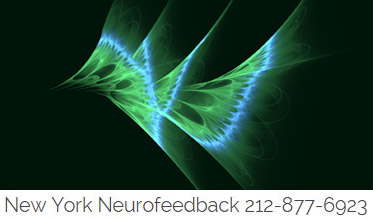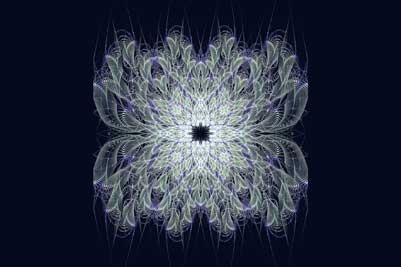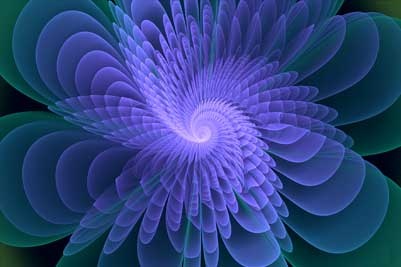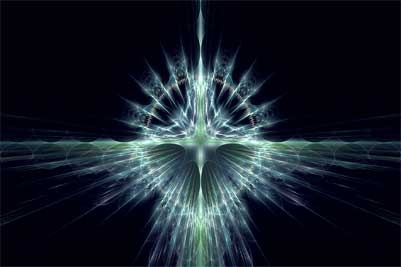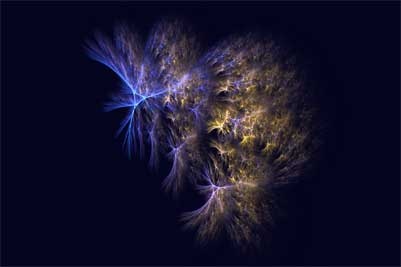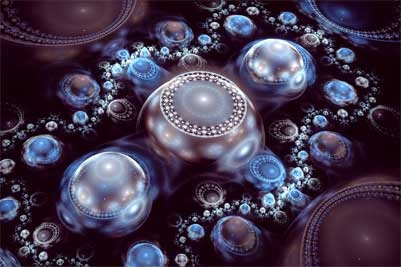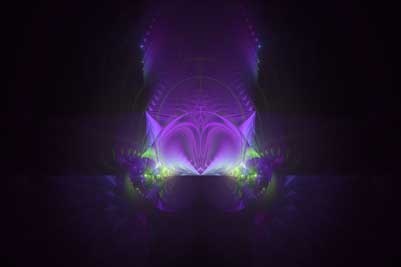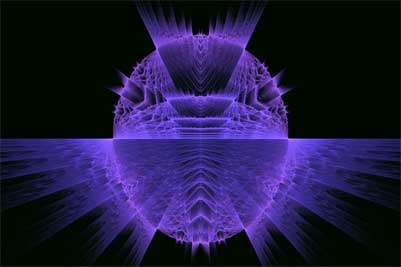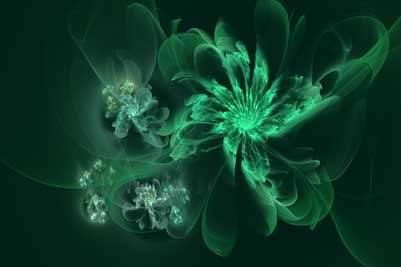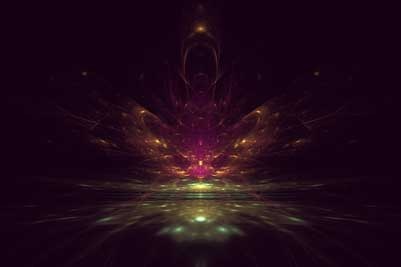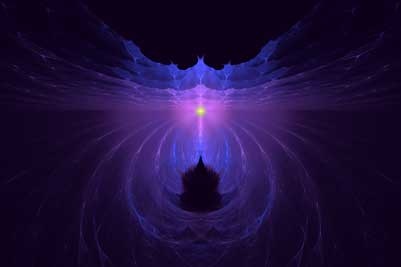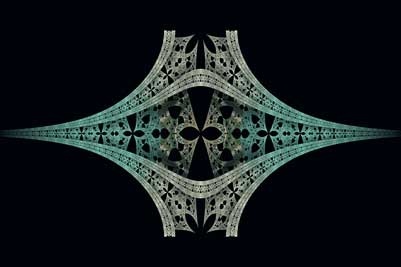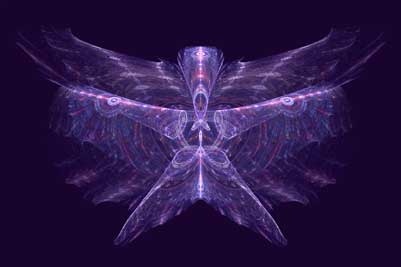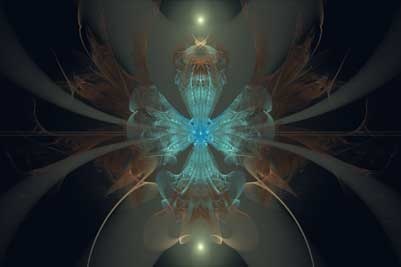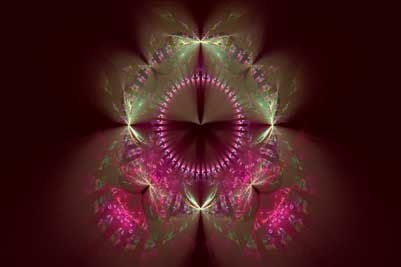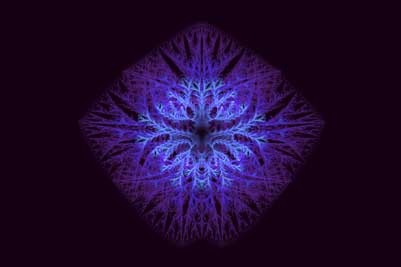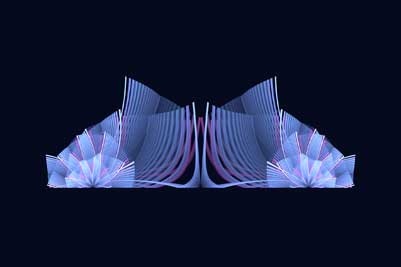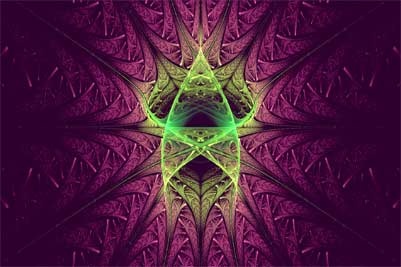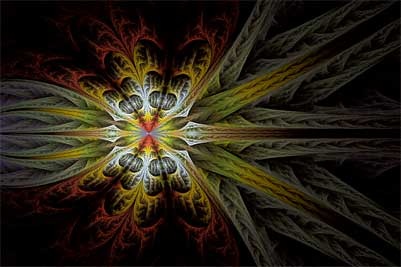Fractal Images

The images like the one at the top of this page are computer art based on fractal equations.
Classical geometry assumes regularity. In fractal geometry we find the formulas that describe what looks like chaos — imagine, for example, the movement of clouds.
Fractals display self-similarity — the pattern of the whole is repeated in the parts.
A good everyday example of a fractal is a head of broccoli. If you look at it closely, you’ll see that the tiniest florets look a lot like the medium-sized florets; and the medium sized florets look a lot like the whole head of broccoli.
Fractal geometry is everywhere in nature. Other examples where you can see this self-similarity are the branching of trees, frost crystals, the surface of the moon, spider webs, the structure of the heart — and it is there in the structure of your brain.
This short video beautifully demonstrates the relationship between nature and numbers.
The “father” of fractals was Benoît Mandelbrot (1924-2010). Read about his contribution to our understanding of our world in this New York Times tribute to Mandelbrot by James Gleick. Or watch this video.
You can clearly see the way fractals repeat their parts by watching this one minute 40 second video.
A beautiful gallery of fractals:
Fractal World Gallery
For examples of fractals in nature:
Fractals in Nature
This is a fascinating website:
The 3D Mandelbulb
BBC Ideas
How Fractals can Help you Understand the Universe
If you are interested in reading more about fractals and non-linear dynamic systems, here is an excellent book written for non-scientists:
Chaos: Making a New Science
This slideshow and the fractal images on this website are the work of CBeyond Fractals using free software from JWildfire.

